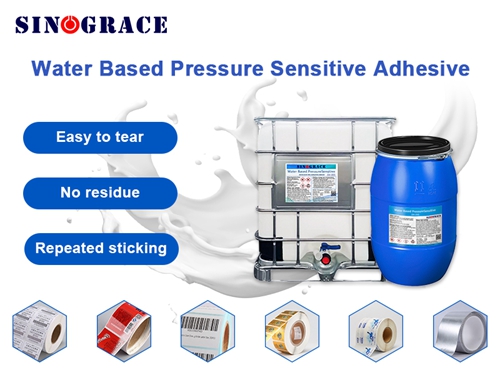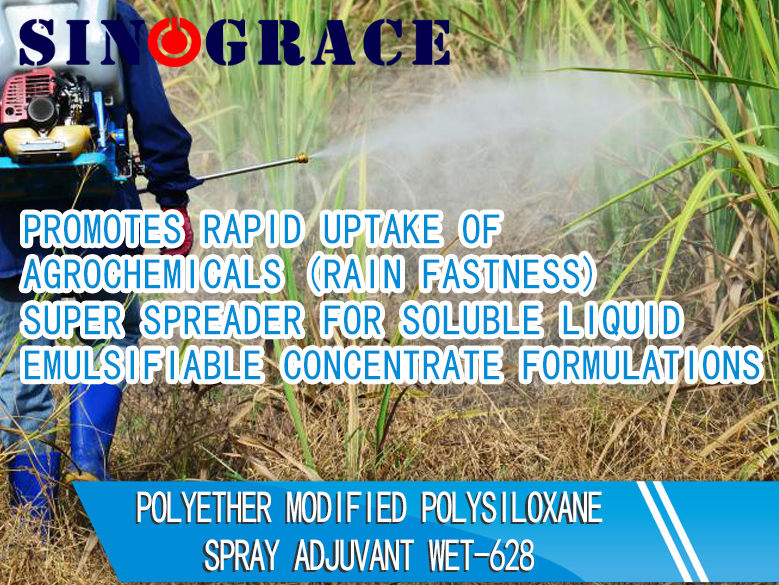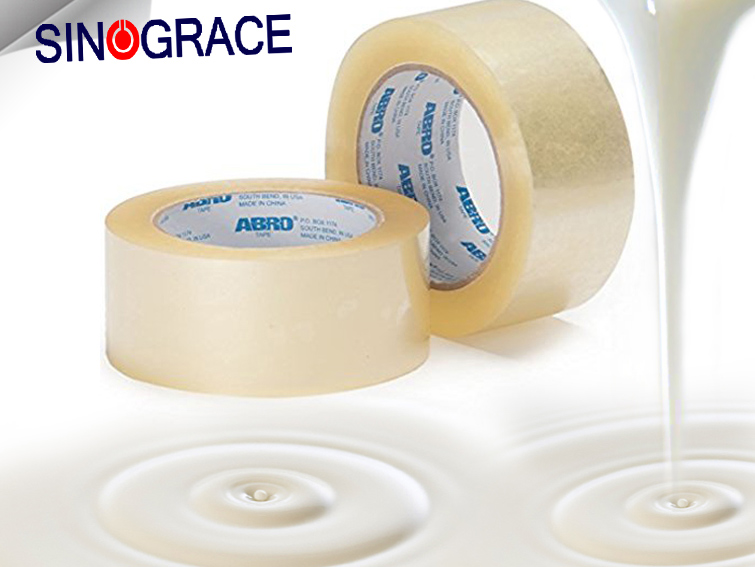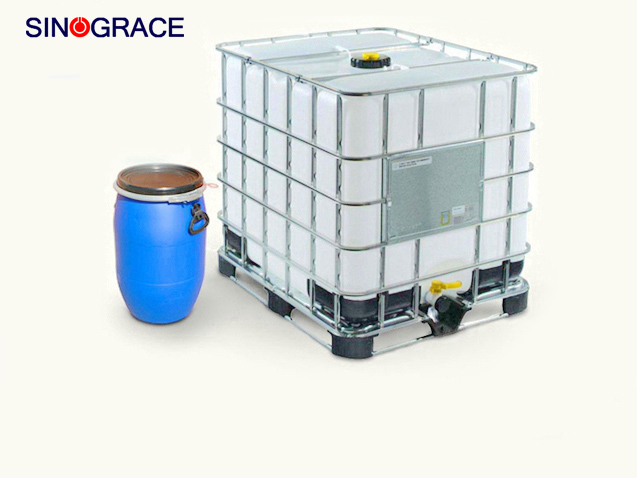
2023-08-04
Composition of adhesive Adhesives are adhesives that can bond two objects together, referred to as glue. There are different types of adhesives according to different divisions, the use of adhesives is also quite extensive, and now it has been filled in our lives, for adhesives, do you know how it is composed? How adhesives are composed: Synthetic adhesive Synthetic adhesive is composed of main agent and auxiliary agent, main agent is also called main material, base material or adhesive; Additives are curing agent, diluent, plasticizer, filler, coupling agent, initiator, thickener, antioxidant, inhibitor, stabilizer, complex agent, emulsifier, etc., according to the requirements and uses can also include flame retardant, foaming agent, defoamer, coloring agent and anti-mold agent and other components. Base resin The main agent is the main component of the adhesive, leading the adhesive bonding performance, but also an important sign to distinguish the type of adhesive. The main agent is generally composed of one or two, or even three kinds of polymers, requiring good adhesion and wettability. Substances that can be used as adhesives are: 1.Natural polymers, such as starch, cellulose, tannin, gum Arabic, sodium alginate and other plant adhesives, as well as bone glue, fish glue, blood protein glue, casein and shellac and other animal adhesives. 2.Synthetic resin, divided into thermosetting resin and thermoplastic resin two categories. Thermosetting such as epoxy, phenolic, unsaturated polyester, polyurethane, silicone, polyimide, bismaleimide, allyl resin, furan resin, amino resin, alkyd resin, etc.; Thermoplastic resins such as polyethylene, polypropylene, polyvinyl chloride, polystyrene, acrylic resin, nylon, polycarbonate, polyformaldehyde, thermoplastic polyester, polyphenylene ether, fluorine resin, polyphenylene sulfide, polysulfone, polyketone, polyphenyl ester, liquid crystal polymer, and its modified resin or polymer alloy. It is the largest type of adhesive used. 3.Rubber and elastomer. The rubber mainly includes neoprene rubber, butyl nitrile ethylene propylene rubber, fluorine rubber, polyisobutylene, polysulfide rubber, natural rubber, chloro-sulfonated polyethylene rubber, etc. Elastomers are mainly thermoplastic elastomers and polyurethane elastomers. 4.In addition, there are inorganic adhesives, such as silicate, phosphate and phospho-copper oxide. Additives In order to meet the specific physical and chemical characteristics, the various auxiliary components added are called auxilaries, such as: in order to make the main adhesive form a network or body structure, increase the cohesion strength of the adhesive layer and add curing agents (they react with the main adhesive and produce cross-linking); Adding curing accelerators or catalysts in order to accelerate curing and reduce reaction temperature; In order to improve the resistance to atmospheric aging, thermal aging, arc aging, ozone aging and other properties, add antioxidant; ...
read more
2023-08-03
Surfactants play the role of wetting, dispersing, emulsifying and solutizing in pesticide processing, and have become one of the indispensable components of pesticide preparations, and are often called auxiliaries, emulsifiers, dispersants, auxiliary agents, etc., they can be a combination of a variety of surfactants.At present, pesticide formulations are developing in the direction of waterborne, granular, multi-functional, slow-release, labor-saving and fine, and some new formulations that are efficient, safe, economical and environmentally compatible, such as micro-emulsion, water emulsion, suspended emulsion, water dispersion granule, dry suspension agent, slow-release and other new formulations are emerging, and will be the mainstream of pesticide formulation development in the 21st century. The demand of surfactants for new dosage forms of pesticides will promote the production and development of surfactants for pesticides. Trends and directions of surfactants in agrochemicals in the next few years: (1)According to the active characteristics of the original drug, the suspension agent no longer pursues high content, but turns to medium content, but the product must be given high wetting, high spreading and synergic properties. Put forward higher requirements for surfactants. (2)Water emulsion products in the premise of ensuring the stability of the period, the pursuit of greatly reducing the surface tension of the spray solution, and give a moisturizing function. Pesticide water agents represented by glyphosate are developing products with higher content, and for this reason, the types of salts and supporting wetting penetrants are being further updated. (3)The development and promotion of dispersible oil suspension products are growing rapidly, but at present, most products are unstable in suspension stability and self-dispersion quality, which must be solved as soon as possible. (4)The development of suspended emulsions is beginning to heat up, and new drug combinations require surfactants that are more consistent with structural characteristics. (5)The development of biopesticides and preparation varieties (WP, SC, WG) has accelerated, and the original fermentation product preparations containing protein and sugar, the existing agricultural surfactant product structure is no longer suitable, and the development must be accelerated. The old pesticide varieties with benzene ring as the parent are replaced faster, and the newly developed pesticides are mostly heterocyclic compounds. Nowadays, low melting point pesticides are decreasing and high melting point pesticides are increasing. The number of preparations using light aromatic hydrocarbons as solvent is decreasing, and the structure of solvent is changing. The development of dosage forms such as high-content and solvent-free creams is accelerating. All these challenges to the old system of pesticide surfactants formed with benzene ring as the main structure and light aromatic hydrocarbo...
read more
2023-07-29
Specialty tapes have a variety of uses, such as automotive, construction and medical. Each application has different requirements, and for the tape industry, we have developed polymer dispersions for different specialty tape pressure-sensitive adhesive coatings, direct coating adhesive formulations and UV curable acrylic hot melt adhesives.From polymer design to odor removal technology, we focus on reducing VOC content and odor in our products to maximize product performance. Advanced UV curable hot melt adhesive Bring the advantage of sustainable development The product series uses advanced UV curing acrylic hot melt adhesive technology. Significant sustainability benefits: Variable adhesion is achieved through adjustable UV crosslinking Excellent aging resistance, water resistance and heat resistance Low atomization and VOC Safe in contact with food, no potential risk of skin irritation Water-based pressure sensitive adhesive system Efficient solution In addition to UV-curable hot melt adhesives, the product line can also produce high efficiency tapes for customers. The product is water-based acrylic pressure sensitive adhesive system,It provides: Excellent bonding properties Solvent-free discharge Low VOC, low odor Does not contain APEO Can be coated at high speed Energy conservation The Coating Centre offers a range of coating solutions, samples and demonstrations, as well as advice and support on adhesive technology.Continuous optimization of coating technology and new plant concepts. With our coating equipment, product development can be carried out to simulate the production conditions of our customers.Our team is able to help clients make decisions about updating technology or new investments. Continuous efforts in research and development keep our dispersion and resin products at the forefront of performance. With expertise in formulation, application and processing, we look forward to being your partner! Looking for more technical information about high efficiency adhesive tape? Or do you want to test it for yourself? Please feel free to contact us!
read more
2023-07-28
Although the adhesive is only the supporting material in the building decoration, it does not mean that it is not important.A large number of materials in the actual decoration (such as wallpaper, all kinds of flooring, ceramic, stone decoration materials, etc.) are laid by pasting method, so the choice of appropriate adhesive directly affects the firmness of the laying, but also affects the decorative effect of the face.When choosing an adhesive, we should first understand its basic technical properties, which are the basic conditions to ensure the degree of bonding. 1.Processability refers to the performance of the adhesive related to the bonding operation, including the modulation, gluing, drying and curing conditions of the adhesive, and also the evaluation of the difficulty of the bonding operation.As mentioned above, multi-component adhesives should be deployed on the spot, chemical reaction adhesives have temperature conditions for curing reaction, solve-based adhesives need to be aired for a period of time after coating, until the solvent volatilization can be bonded and so on. These problems must be clear when choosing to use adhesives to ensure the bonding effect. 2.Bonding strength is to ensure the degree of bonding firmness performance indicators.The bonding strength is not enough, it will make the adhesive fall off, if the wall decoration, the adhesive will fall down, not only affect the quality of decoration, sometimes cause injury accidents. 3.Stability refers to the degree of strength change of the adhesive specimen after being immersed in the specified medium at a certain temperature for a period of time.Such as water resistance, oil resistance, etc. The measured strength is usually expressed or expressed by the strength retention rate. For the adhesive that wants to bond the ground, exterior wall or bathroom, toilet and so on the surface material, want to have very good stability. 4.Durability (or aging resistance) With the growth of the use of adhesive layer, its performance will gradually aging, until the loss of bonding strength, this performance is called durability.Because the largest amount of adhesive is now synthetic resin or synthetic rubber based on organic polymer materials, easy to aging in the process of use, so that the adhesive layer lost effectiveness and fall off. 5.Temperature resistance refers to the change in the performance of the adhesive in the specified temperature range. Including heat resistance (in high temperature environmental conditions), cold resistance (in low temperature environmental conditions) and resistance to high and low temperature change performance.These temperature changes will change the composition of the adhesive, so that the bond strength is reduced, until the adhesive layer falls off. 6.The weatherability is aimed at the adhesive parts exposed to the outdoors, which can withstand the weather, such as rain, sunshine, wind and snow and water wet performance, called weather resistance...
read moreCopyright © 2015-2024 Anhui Sinograce Chemical Co., Ltd..All Rights Reserved.powered by dyyseo.com
top